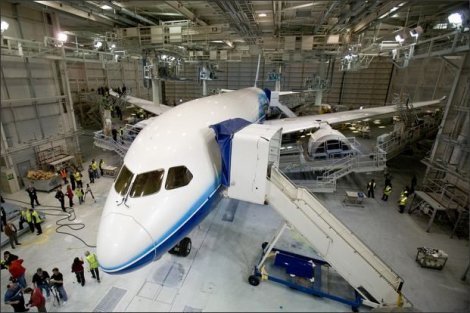
3D-printing an airplane: cheaper, faster, safer
In Hamburg, Germany, at the local Airbus facilities, 3D laser printers are working hard to make metal components for an entire range of Airbus planes that are lighter, stronger and much more cheaper.
Thanks to the 3D printer, components now took 70% less time to make while the costs of production plunged by 80%.
Peter Sander, Manager of Emerging Technologies and Concepts at Airbus, explains what benefits a 3D printer brings: ‘This is a very interesting part because, normally, this is part of a fuel system – it’s two pipes in one – and it’s normally welded out of ten parts,’ he explained. ‘So, with 3D printing we have the chance to integrate the bracket of the pipe – two pipes in one – and print it in one shot. So, in this case we have weight reduction, but, of course, the most interesting thing is that we have a cost reduction down to 30 percent.’
The whole construction process begins with a digital file of the component which is, at first, created in a specialized engineering computer program. The 3D printer then creates the real-life replica of that file, using powder made of plastic and metals like titanium and steel.
Curtis Carson, Head of Systems Integration at Airbus, details how a 3D printer can improve the airline business: ‘For the airlines, the biggest benefit I would say today is the weight we reduce from the aircraft,' he said. 'With reducing the weight, we are not only saving costs on our side, but we are also introducing for them a way to improve their fuel burn, save money on their fuel, improve their revenue, and operate the aircraft more efficiently.’
Airplanes constructed with 3D printed components will take to the skies starting with 2016 while mass production is expected to ensue from 2018. In order to reach the set goals, airplane makers will have to print as many as 30 tonnes of metallic components each month.















